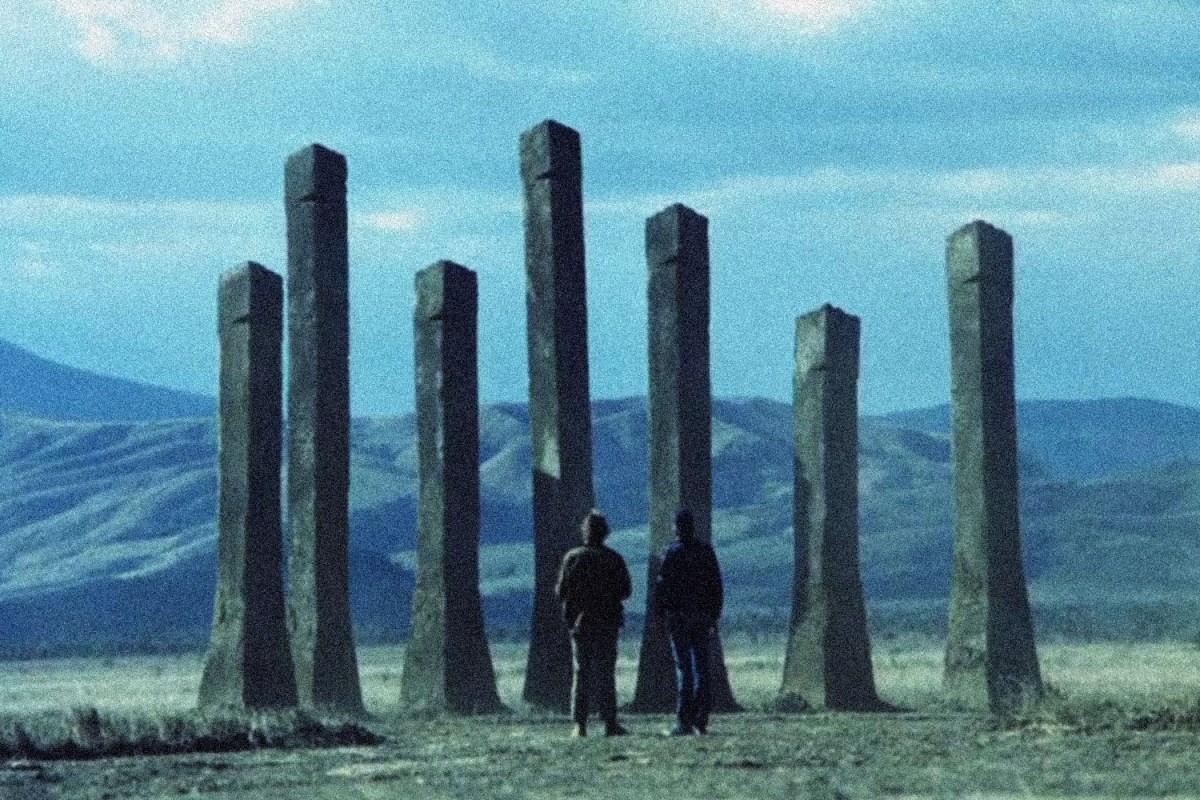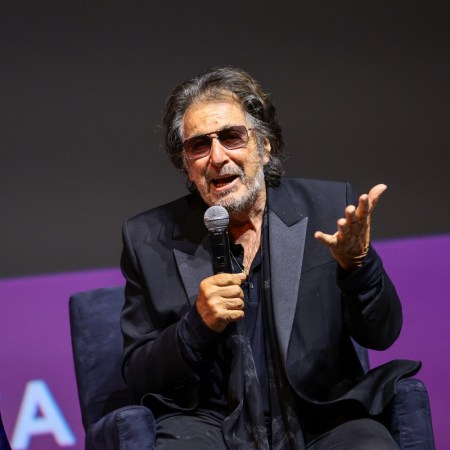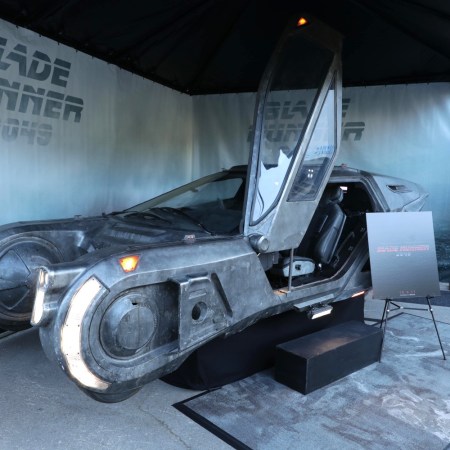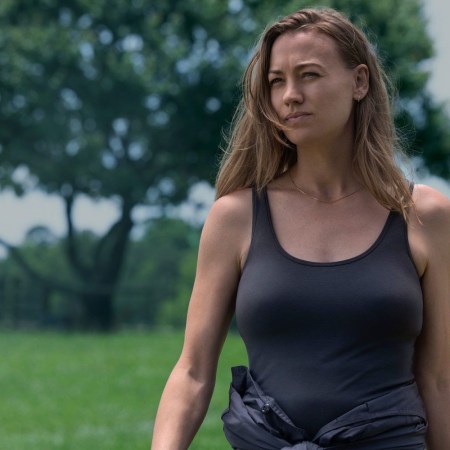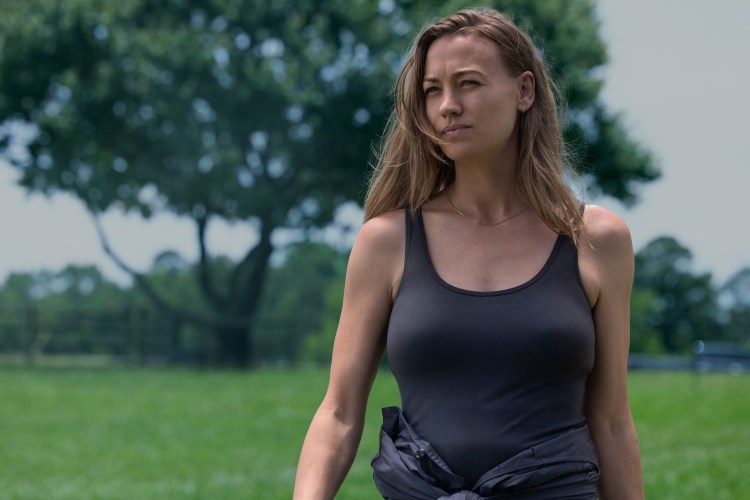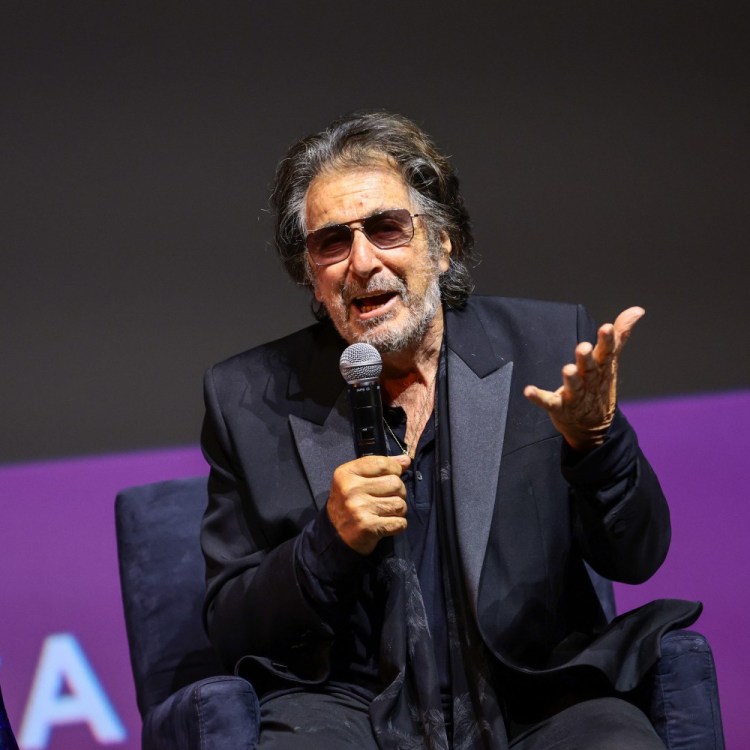While his name might not be as recognizable as some of the directors he worked with, odds are good that you’ve seen the work of the legendary designer Saul Bass. Bass, who was born 100 years ago today, created title sequences for acclaimed films by directors like Alfred Hitchcock and Martin Scorsese. Bass often worked in collaboration with his wife Elaine, a formidable artist in her own right. The pair’s opening titles for Scorsese’s Cape Fear, for instance, make for a hallucinatory distillation of the film’s lurid take on noir, a fever dream overture heralding what’s to come.
If Bass’s work as a designer taps into something timeless, his work as a director takes a different path. Bass only directed one feature film over the course of his life: 1974’s Phase IV, a surreal work that sits uneasily on the border between science fiction and horror. Revisiting it in 2020, it leaves the distinct impression that Bass was a filmmaker ahead of his time.
The plot of Phase IV hits a few familiar beats; it’s in the “scientists investigate something mysterious and potentially threatening” vein. In this case, the scientists are Ernest D. Hubbs (Nigel Davenport) and James R. Lesko (Michael Murphy), one forceful and one empathic. They set up shop in a geodesic dome in a largely uninhabited region of the southwestern United States, and are soon joined by a local woman, Kendra Eldridge (Lynne Frederick).
The event they’re studying is the aftermath of something cosmic that’s affected ants, creating a hive mind that may not have humanity’s best interests at heart. It also prompts the ants to creating massive structures — one of several elements within the film where Bass’s style as a designer seems to have been echoed in the film’s production design.
That’s not the only place where Bass’s filmmaking and Bass’s design converge. The readings the scientists view on one screen recall Bass’s opening credits for Vertigo, and a shot of Frederick watching an ant watch her is both beautifully composed and deeply uncanny.
Among the reasons that the film has aged well is its judicious use of special effects. As befits a film focusing on insect life, there are plenty of close-up shots of ants at work; it’s roughly ten minutes into the film before the first human character is seen on screen. But Bass also makes judicious use of audio to evoke certain elements of the ants’ growing intelligence and the conflict between two species. Bass may have been a talented visual artist, but he was also well aware of the limitations of technology.
The original ending of Phase IV was trimmed down from Bass’s initial cut. The footage of that ending was long thought lost; eventually, in 2012, it was rediscovered. The original ending advances the heady mood of the film up until that point, and it also adds a layer of context to certain shots that came before. It demonstrates Bass’s verve as a storyteller even further.
Using genre elements to take a host of storytelling risks is something many a cinephile in 2020 will be familiar with. Phase IV feels like a precursor to the likes of Alex Garland’s Annihilation, Ari Aster’s Midsommar and Philip Gelatt’s They Remain. There are thrills and scares in abundance in Bass’s lone feature as a director — but there’s also enough innovation to leave you wondering what his impact on film might have been had he directed more than this.
This article was featured in the InsideHook newsletter. Sign up now.
